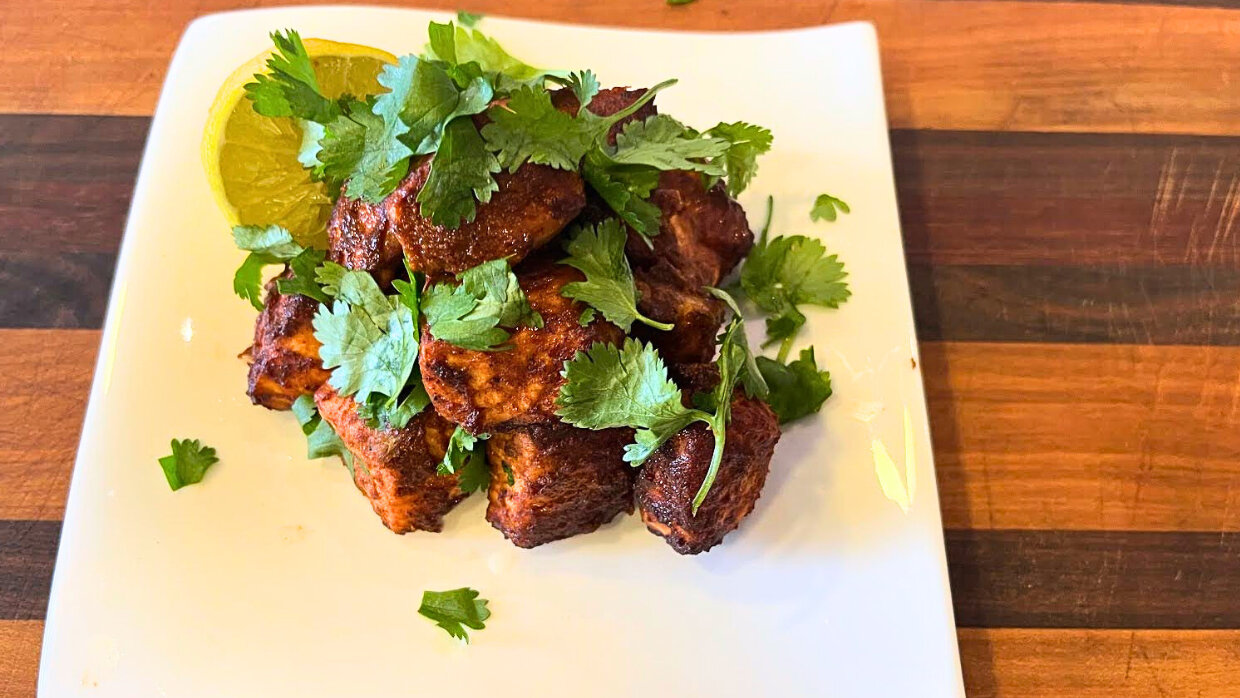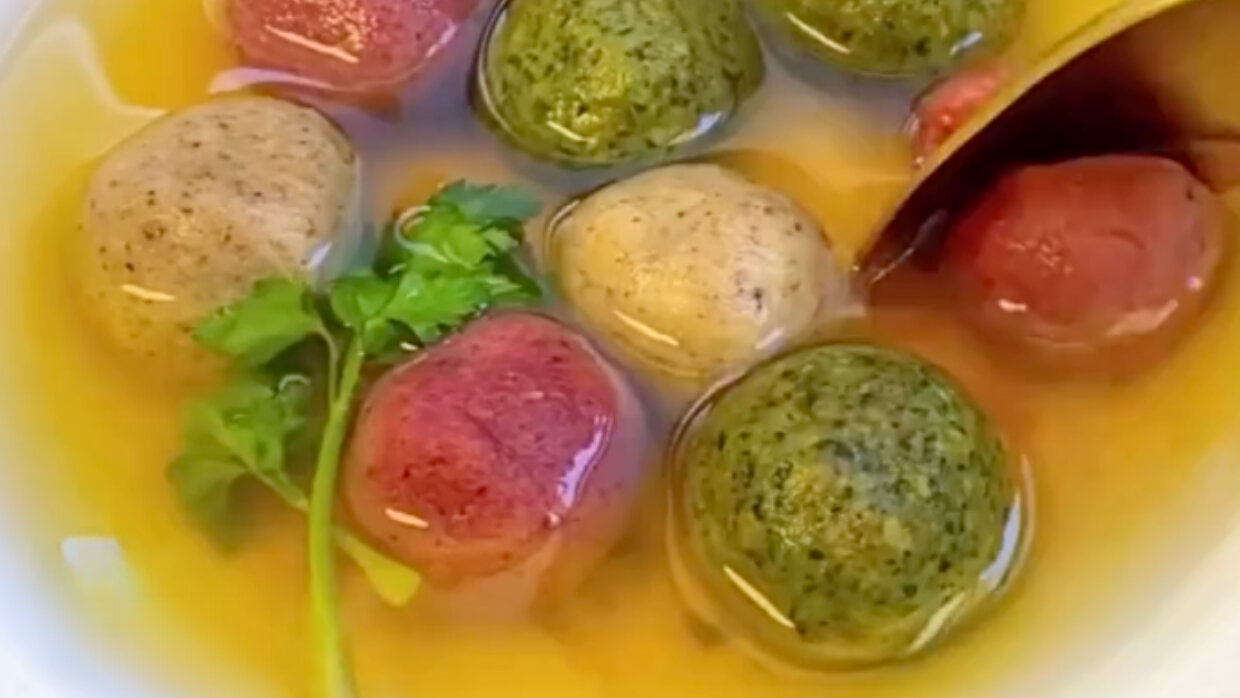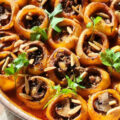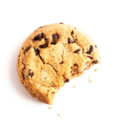One can be forgiven for thinking that God commanded the Jewish people to eat jelly donuts and potato latkes on Hanukkah. These oily foods are so intertwined with the celebration of the Festival of Lights that they seem like an indispensable part of the holiday.
Although the main feature of Hanukkah is lighting the menorah, the foods eaten on this eight-day festival play a real part in conveying the holiday’s central message: that a small amount of oil provided a whole lot of light, just like the Jewish people overcame their ruthless enemy, despite their smaller numbers over 2,000 years ago. That also explains why many people reach for a donut or latke seconds after lighting. The two go hand in hand so well, they’re a perfect match.
This same idea applies to other Jewish holidays as well, each with its own symbolic foods, like matzah and maror (the bitter herbs eaten as a part of the Seder) on Passover, hamantaschen (those tasteless pastries filled with things like poppyseeds and prunes) on Purim, or the special foods of Rosh Hashanah (ok, it’s too long to get into now, but, believe it or not, there’s more to a traditional Rosh Hashanah meal than stuffed cabbage and brisket). Eating is such a big part of Jewish life and celebration, and eating certain foods only at certain times heightens your anticipation for the holiday. It also helps highlight the holiday’s uniqueness.
For example, In Israel, where I live, donuts appear in the local bakeries almost exclusively in the weeks preceding Hanukkah. As the holiday approaches, the quantity and variety increases, and during the holiday itself, it’s an all-out festival of donuts, with bakeries competing against each other for the most unique and most delicious donuts of all. But as soon as Hanukkah is over, the donuts are gone, and you have to wait until next year to get them again.
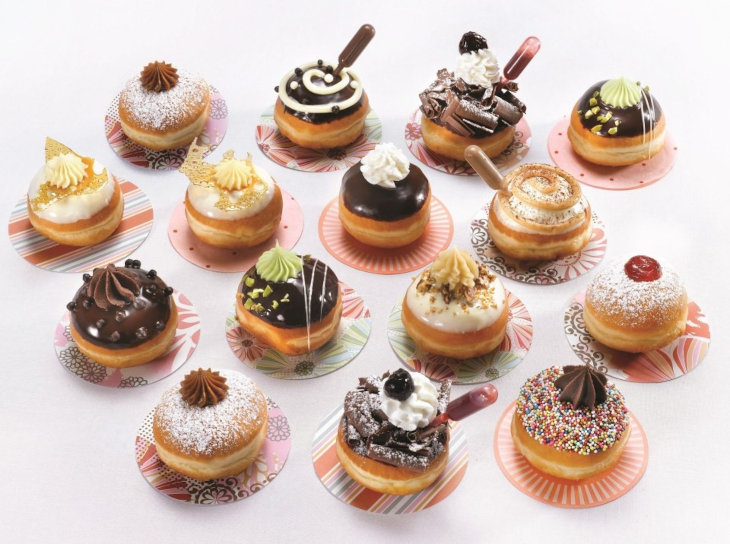 Variety of doughnuts/sufganiyot found in Israel
Variety of doughnuts/sufganiyot found in Israel
But no, you won’t suffer from festival-related pastry withdrawal, because, almost immediately after Hanukkah, many bakeries are already stocking their shelves with hamantaschen in preparation for Purim.
I often joke with people that if someone comes to Israel and doesn’t know the time of year, he just has to visit a nearby bakery, look at what’s on the shelves, and the answer is obvious.
And while you’re motivated to eat the foods that you do because you enjoy their tastes (and jelly donuts are tasty), these foods also connect you to different moments on the Jewish calendar. They help tell a holiday’s story or highlight its themes. For many people, their holiday memories are often connected to time spent around a table with the people they love, enjoying foods that communicate a holiday’s message as much as, and sometimes even better than, words.
On a deeper level, enjoying the physical world while not forgetting about the spiritual side of life is a very Jewish idea. Eating latkes, donuts—or any other traditional food—is an opportunity to focus on spirituality while not turning a blind eye to the physical world.
Hanukkah is a powerful and joyous holiday. It commemorates the victory of the Jewish people over the then world-dominant Greeks who tried to get them to give up their unique Jewish traditions. Therefore, there’s no better way to celebrate the Jewish victory than by diving deep into Jewish customs.









